The creation of life begins with a meticulous process inside the body, particularly in egg cells (oocytes). Recent research by scientists at The Hebrew University of Jerusalem has shed light on how egg cells prepare for the intricate process of fertilization and the development of life.
The Journey of Egg Cells: A Molecular MasterpieceEgg cells are the foundation of reproduction, and their preparation is a complex yet highly organized process.
During their maturation, egg cells undergo structural and molecular changes to ensure they are ready for fertilization.
Key steps include:
1. Chromosome Reorganization:Egg cells align and stabilize their chromosomes to prevent errors in genetic material transfer. This ensures the proper development of the embryo.
2. Organelle Positioning:Cellular components like mitochondria reposition to provide energy for future cell division and embryo growth.
3. Cytoplasmic Maturation:The egg cell’s cytoplasm stores nutrients and proteins essential for the early stages of development.Implications for Fertility and HealthThis discovery has profound implications for reproductive health and medicine.
By understanding how egg cells prepare for creation, scientists can:Improve Fertility Treatments: Identify issues in egg maturation that may cause infertility.Address Genetic Disorders: Ensure the accurate transmission of genetic material during fertilization.Advance Reproductive Technologies: Develop new interventions to enhance egg cell health and improve in-vitro fertilization (IVF) success rates.
A Step Forward in Reproductive ScienceThe findings reveal the remarkable precision of life at its earliest stages, offering hope for couples struggling with infertility and expanding the horizons of genetic research. As scientists continue to explore these cellular mechanisms, they unlock the potential to address reproductive challenges and ensure healthier outcomes for future.
The Hebrew University fertility studyLife’s journey begins with the tiniest of preparations, and thanks to modern science, we are one step closer to understanding this incredible phenomenon.






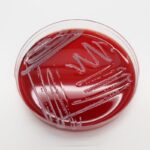
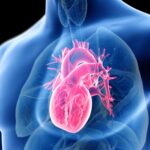
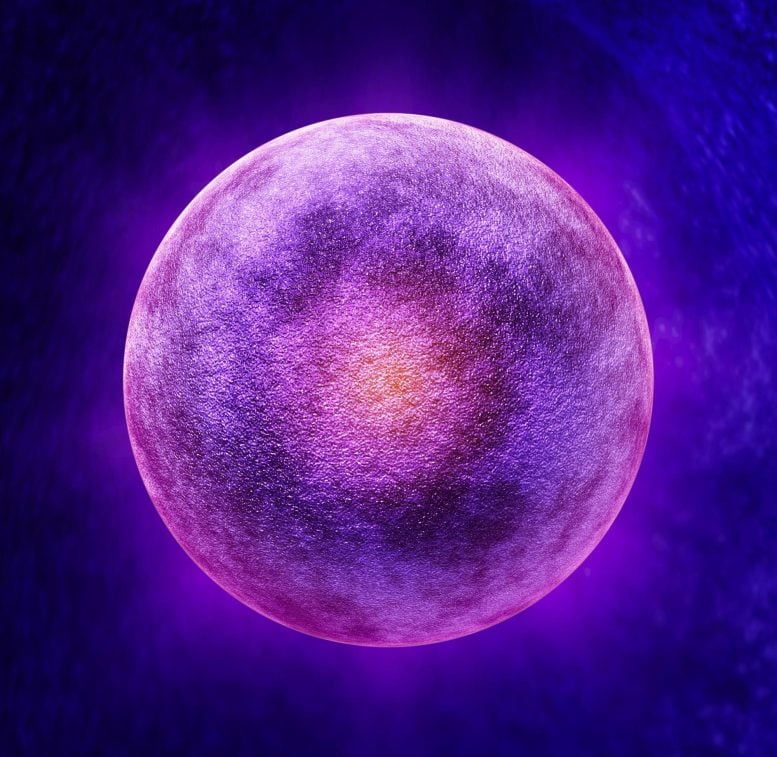




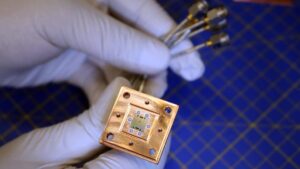
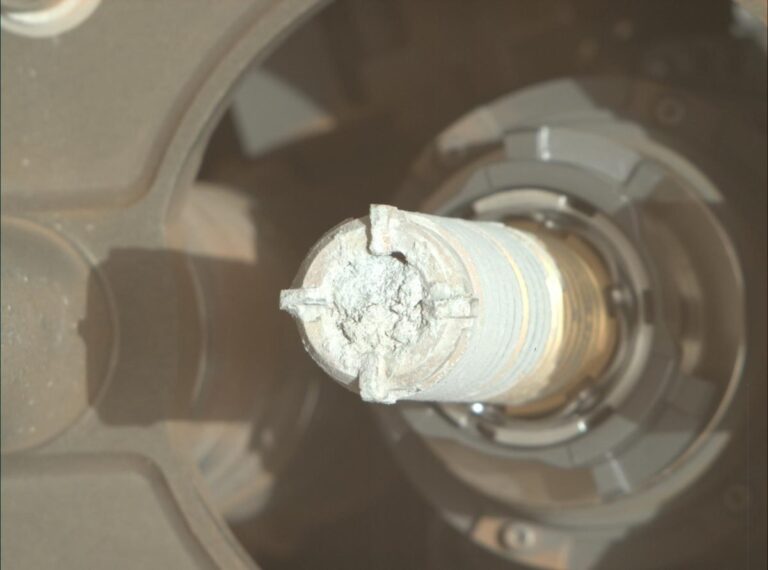

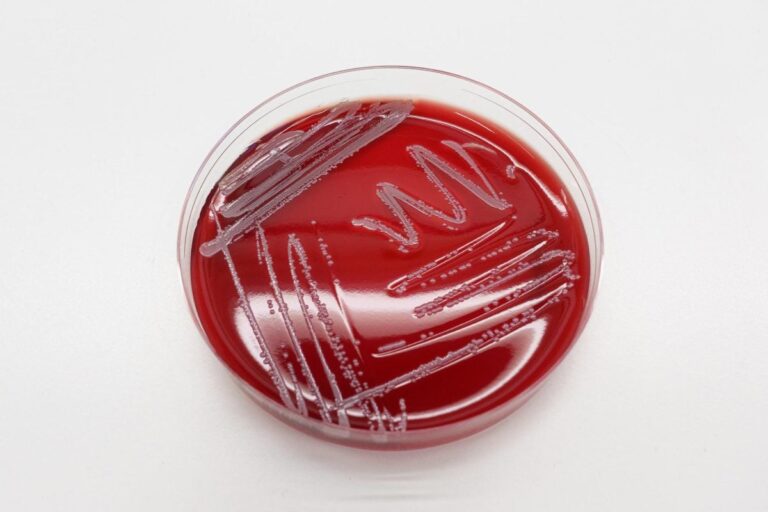
+ There are no comments
Add yours